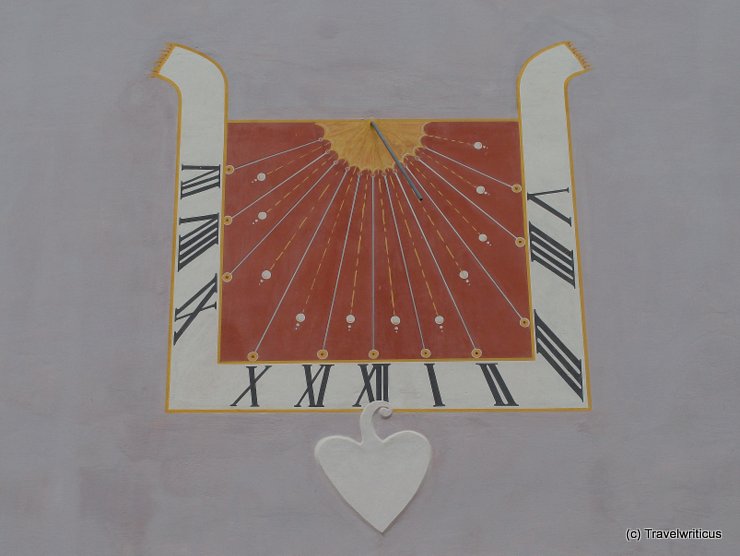
One of three sundials seen at a church in Stubenberg, Austria
You only see what you know (Goethe)

One of three sundials seen at a church in Stubenberg, Austria
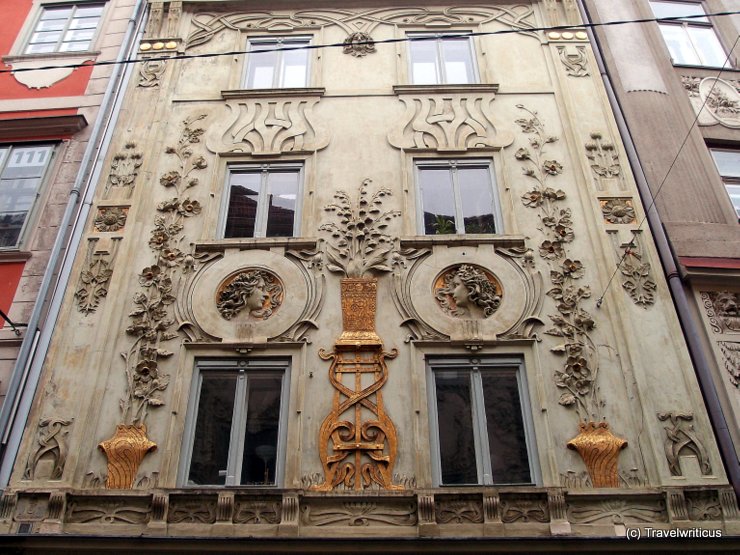
Art Nouveau building located in a shopping street named Sporgasse in Graz. Well, the building obviously needs a kind of brush-up, but I love this combination of beauty and decay. What do you think?

This is the entrance of a party venue in Graz named Hasenstall (‘rabbit hutch’). I haven’t been inside yet, and I’m not going to make a recommendation, but I love this exterior. It reminds me of the Easter stickers from my childhood.
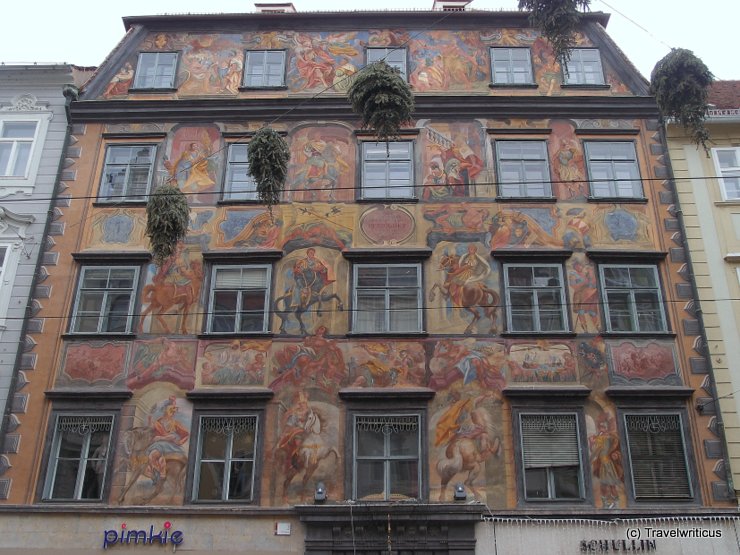
This colourful house in my city is generally known as Gemaltes Haus (Painted House). Actually it was the seat of a duke until about 1450, so the official name is Herzogshof (Duke’s court). By the way the top down conifers were part of the Christmas decoration at that time.

A fine example of the coat of arms of my city Graz. I found it on the wall of the Styrian Armoury located in the town centre.
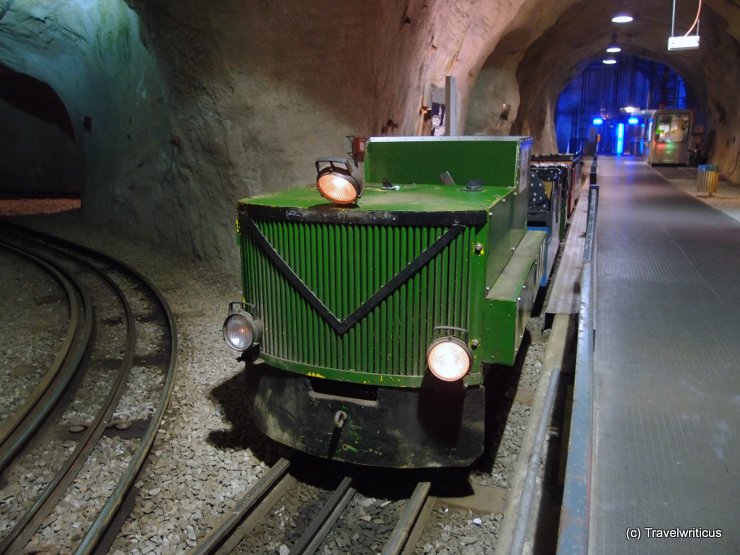
The old fairy tale grotto train of Graz closed with Jan 8th, and I was one of the last guests.
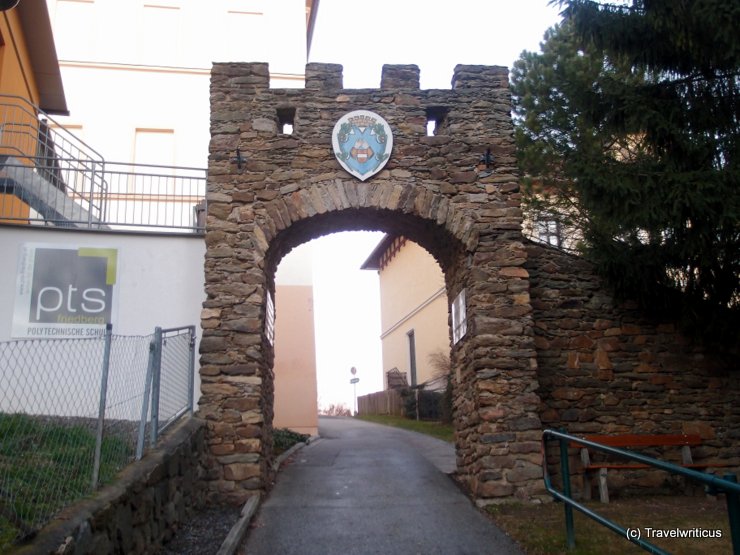
The walls of Friedberg were built with money from the ransom for Richard I of England (Richard the Lionheart). The gate depicted above is a reconstruction. It is known as Ungartor.

On my way from the railway station to the centre of Friedberg, I passed this museum, which was hosting an exhibition of furniture produced by the famous factory Thonet.
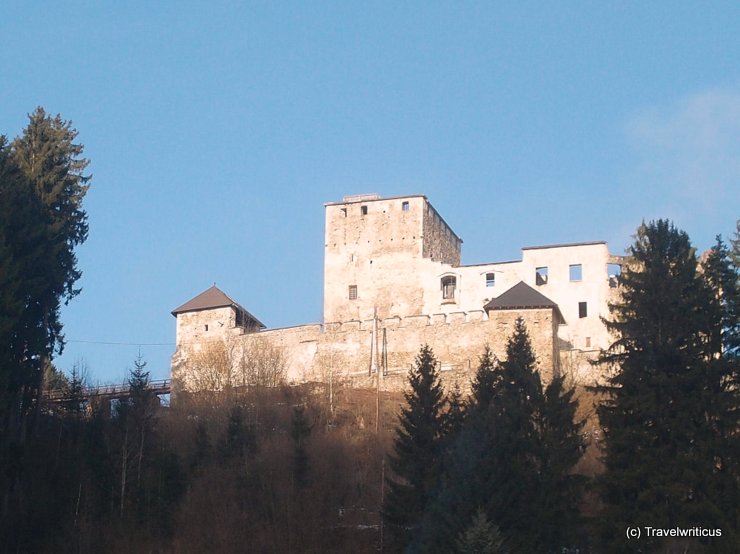
Photo of Castle Ruin Lichtenegg in Styria taken on a train ride from Bruck/Mur to Mürzzuschlag.
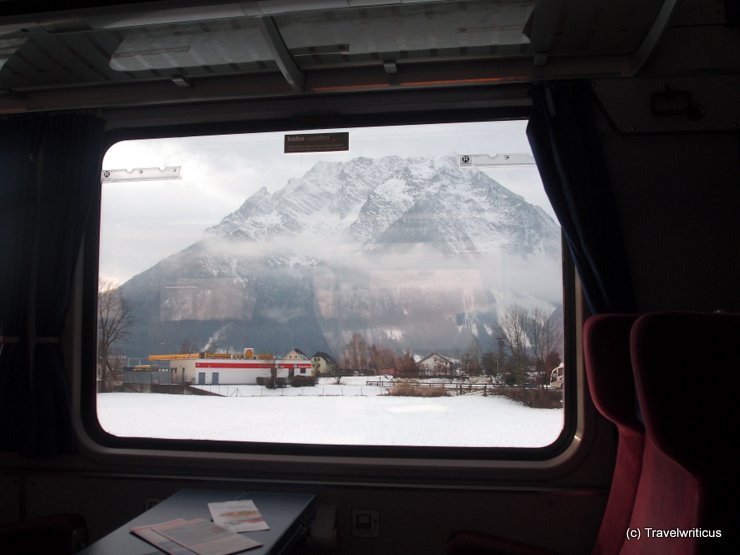
On a train journey through Styria (Austria) I took this photo of a mountain called Grimming. I love to call views through the window at the opposite side ‘Train TV’. It’s a bit like looking at a flat screen, isn’t it?
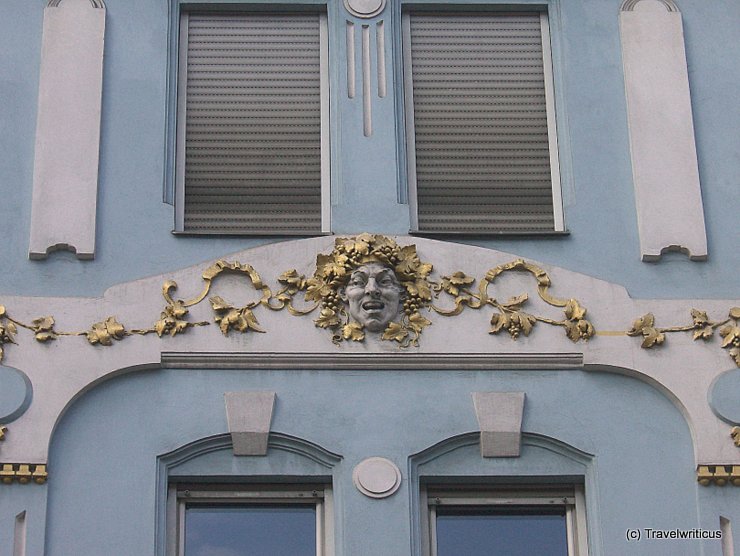
A lovely wall decoration at a dwelling house built around 1900 in Graz.

This building seen at the railway station of Deutschlandsberg is not a shelter from World War II. It is an artwork named Poured Concrete Bunker created by Chris Burden.